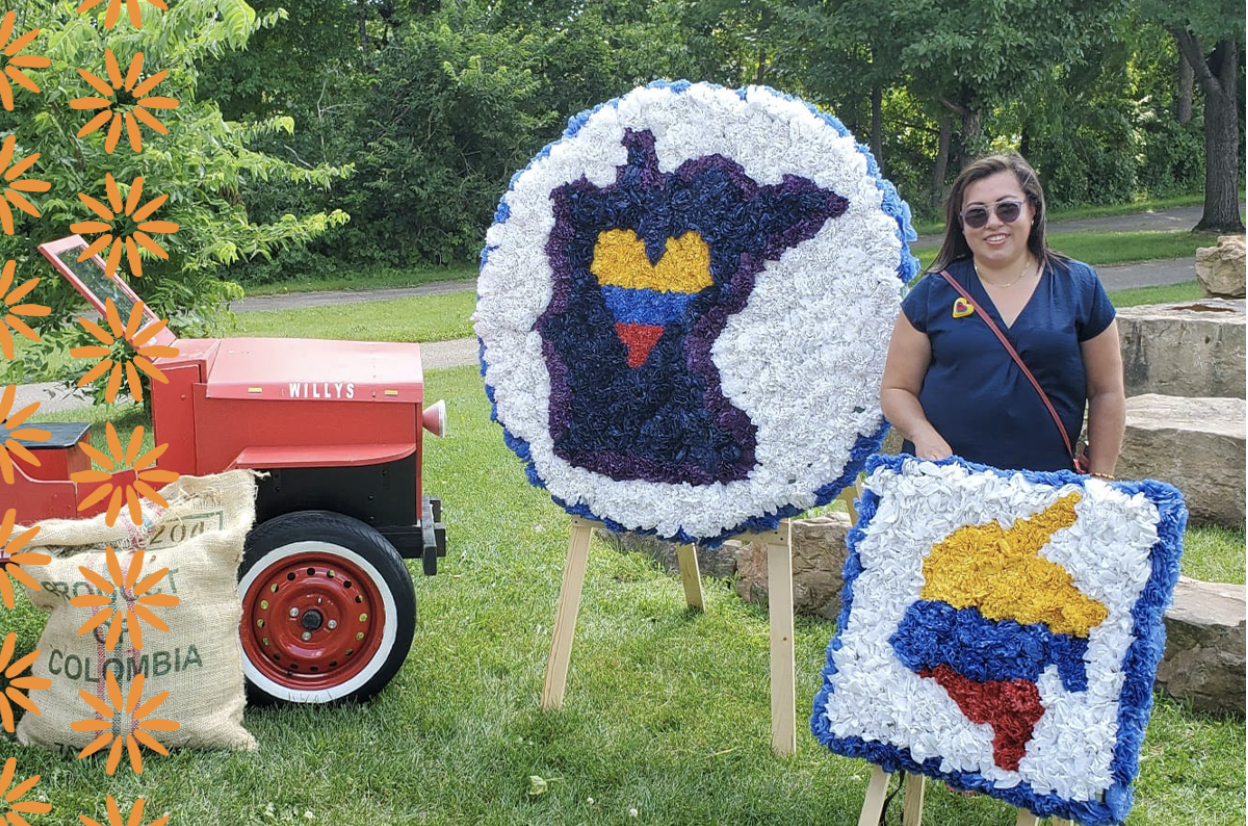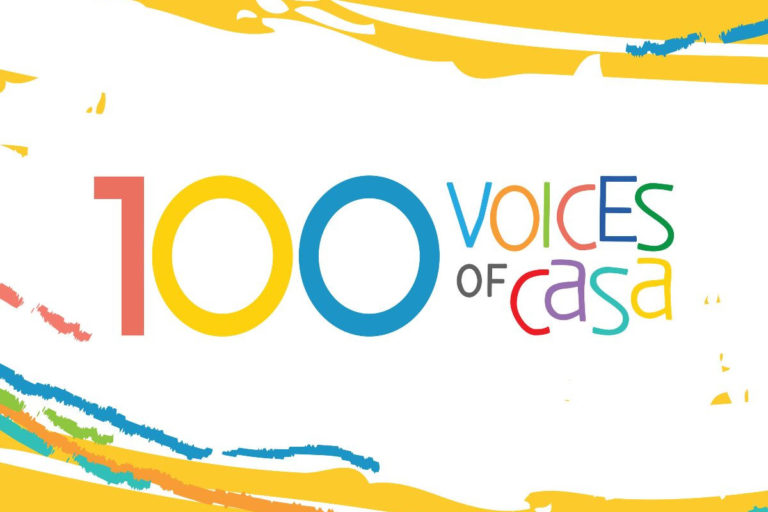Country of the Month: Colombia!

Colombia, also known as the gateway to South America, is a diversified country full of culture and a joyous population! Nature provides beautiful mountains, desserts, and beaches. And on the man-made side – historical ruins, native architecture, and modern cities. Our Country of the Month allows us to share even more experiences, and explore new vocabulary thanks to the extremes of Colombia. Over the years, Colombia has fought hard to dispel many generalizations made about its identity by the public. However, if there is one thing to get from this post, it is that Colombia has much more to offer! So come and learn more about this beautiful country alongside our little ones this month.
History
Before the arrival of Spanish settlers, the Chibcha, also known as the Muisca people, had settled in the Colombian Andes. There, they found a great place to farm and found protection from neighboring tribes that consistently planned attacks. Spanish conquistadors slowly moved in on conquering Colombia as there was no great tribe to coordinate and align their defenses. The Chibcha people were slowly conquering the area through power seizes yet, by 1525 when Rodrigo de Bastidas arrived, it was too late. The Spanish successfully gained control of the area and established their dominance by imposing their own culture, lighting important symbols on fire, and coincidently introducing new diseases that wiped out a large portion of the population.
Spanish rule was severely oppressing, forcing the people of Colombia to fight for their freedom. Finally, in 1810 Simón Bolívar, a Venezuelan known as The Liberator, led troops into Colombia and by 1819 the newly freed countries of Colombia, Venezuela, Ecuador, and Panama, joined to form Great Colombia. But this newly formed union was short-lived. Over the years, Colombia has faced political unrest, internal warfare, and drug trafficking that have severely hurt the population. Yet, due to their resilience and optimism, Colombia is still fighting hard to resolve these issues.
Food
Colombia, like many other Latin American countries, showcases Indigenous, European, and African flavors in their cuisine. Many of their dishes involve meat, special sauces, corn, and beans. If you get a chance to walk through the streets of Colombia you will see many of the following options attracting long lines and filling the streets with pleasant flavors.
Arepas
Arepas are sandwich-like patties made from cornmeal flour, traditionally P.A.N flour from Colombia. They are baked on a pan and the fluffy patties are then cut in half and filled with various meat fillings, cheese, or fruit!
Aborrajados
These delicious little appetizers consist of deep-fried plantain balls with a cheese filling. Think of cheese curds with an added twist!
Bandeja Paisa
Colombia’s national dish and a must-try. This meal first started when field workers in Antioquia needed a meal that would provide them with enough energy for a full day of laborious work. Today, Bandeja Paisa consists of beans, rice, pork rinds with meat, eggs, arepas, and plantains.
Chontaduro
This is a very popular Colombian fruit! Served as a snack by street vendors, it is often topped with honey or lemon.
Colombian Rainforests
One of the things Colombia has always fought hard to preserve is its amazing wildlife and beautiful rainforests. Colombia is home to Serranía de Chiribiquete, the world’s largest national tropical rainforest park! The park’s boundaries expanded to preserve a greater area. Small indigenous tribes still call this place home and it was also a way to help preserve their livelihood. Serranía de Chiribiquete has tremendous biodiversity and protects many endangered species.
Vallenato
One very popular dance in the Greater Magdalena Region of Colombia is the Vallenato. The Vallenato is played with the help of three instruments consisting of a drum, accordion, and guacharaca, an indigenous instrument when played, sounds like the guacharaca bird. The lyrics of this music genre are very unique as they weave together true stories with fantastic elements dating back to when this genre first originated as a means to tell stories. Listen to some Vallenato here!
Staff
Lastly, we would love to recognize our amazing staff members from Colombia! We are very grateful to have you all in our Casa community and to be able to learn from your experiences. Thanks to these staff members, we have incorporated unique elements into our curriculum and food menu. Thank you so much for all that you do for us every day!


